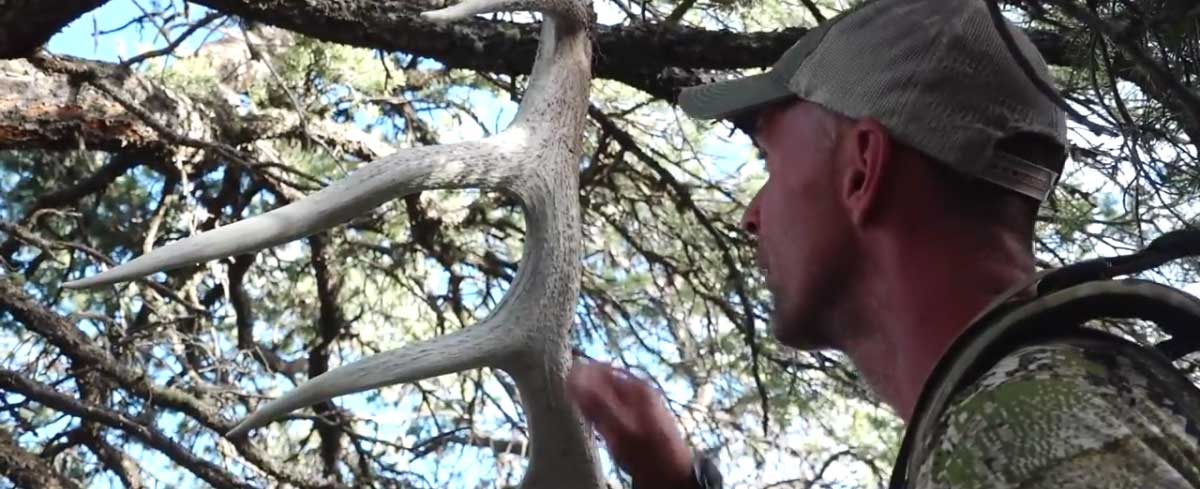If you’re a shed hunter, you must not only outwit your human competition, but your furry counterparts as well. When elk shed their antlers in late winter, forest creatures large and small race to freshly dropped antlers in search of valuable minerals. Rodents like mice, squirrels and porcupines are the most common culprits, but biologists have observed wolves, coyotes and even bears chewing on sheds.
Antlers turn out to be a sort of multivitamin, providing mainly calcium, which accounts for about 20 percent of an antler’s make-up. But a University of Georgia study identified 11 different minerals in antlers, including phosphorous at 10 percent, magnesium at 1 percent and smaller amounts of sodium, potassium, barium, iron, aluminum, zinc, strontium and manganese.
Antlers also provide a moveable feast while still attached. Elk and other deer species sometimes ingest parasites that, after incubating in the intestinal tract, can make their way through the bloodstream to growing antlers still in velvet. Nestled beneath the live tissue, these larvae mature, sometime causing dimples and lumps in the bone surface. They then bore outward and fly off, leaving holes in the hardened antlers.
Elk NetworkWhat eats elk antlers and why?
General | February 19, 2018

Latest Content
Built to Mow. Ready for More.
Take Control of Your Land with STIHL Mowers There’s a certain pride that comes from working the land—watching it grow, keeping it clean, and knowing [...]
Leupold Adds Suite of Archery Features to Award-Winning RX-5000 TBR/W Laser Rangefinder
BEAVERTON, Ore. — Leupold & Stevens, Inc., the leader in rugged, lightweight, and exceptionally clear sport optics, has announced the addition of a suite of [...]
Realtree APX ®: The Next Generation of Trusted Concealment
When you’re pursuing big game or gearing up for an outdoor adventure, your equipment needs to perform flawlessly — and it all starts with the [...]